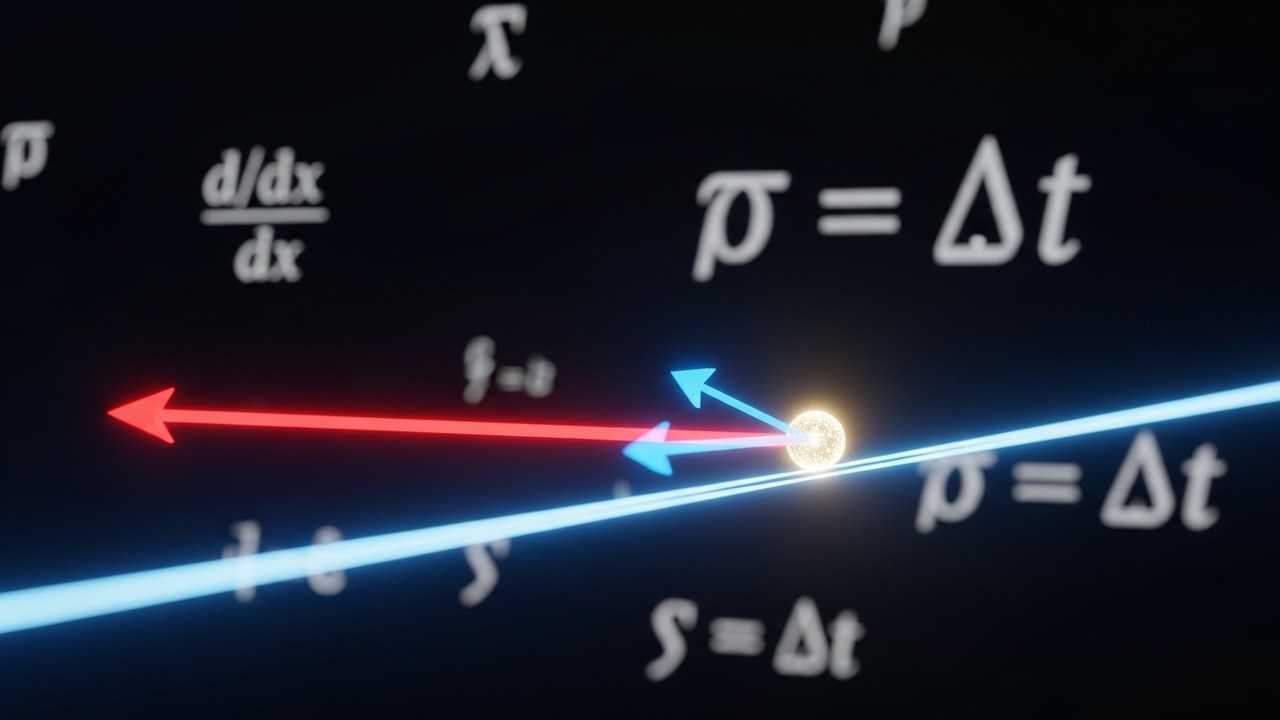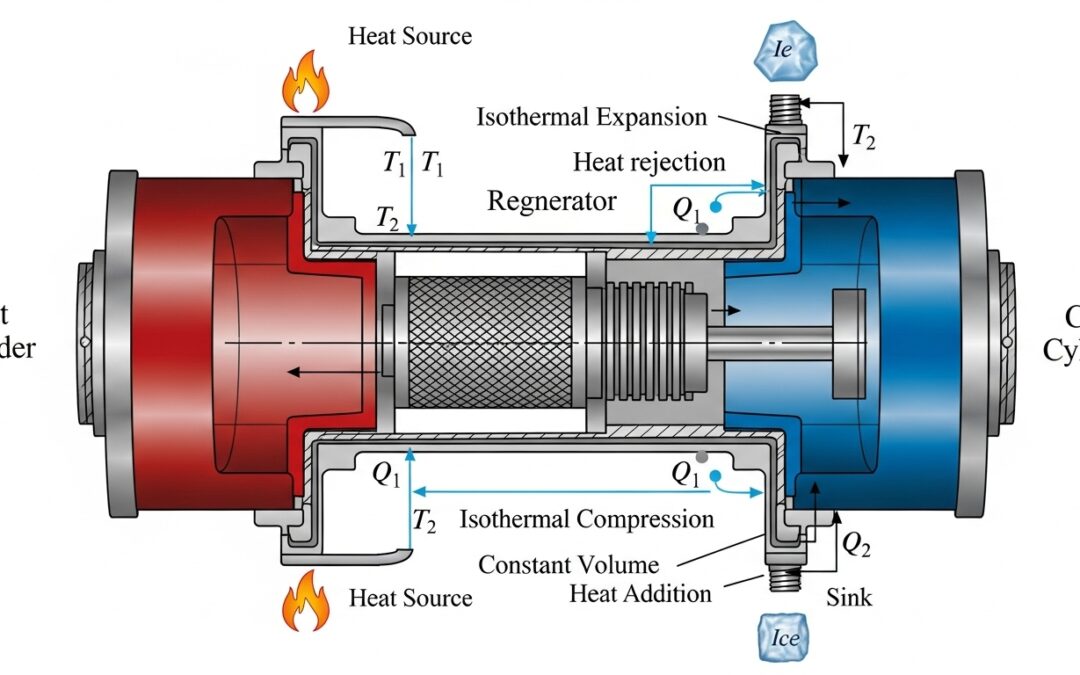The ability to accurately model and predict motion is a cornerstone of physics. The process of using calculus to solve 1D kinematics provides a robust framework for analyzing the movement of objects under variable acceleration. This approach enables us to determine how the position and velocity of an object change over time. Understanding these principles opens the door to solving complex problems.
Table of Contents
Read More
Mastering 1D Kinematics with Variable Acceleration
Understanding motion in one dimension with variable acceleration requires calculus. By integrating acceleration, we derive velocity; by integrating velocity, we obtain position. Applying initial conditions anchors the functions to physical reality. This approach allows us to precisely calculate where and when a particle is, even under changing acceleration.
Step 1: Integrating Acceleration to Get Velocity
Given:
### a(t) = 0.6t^2 – 3t + 5 \;\; \text{(m/s²)} ###
Integrate with respect to time:
### v(t) = \int a(t)\,dt = 0.2t^3 – 1.5t^2 + 5t + C. ###
Using the condition ##v(0)=-1## m/s:
### -1 = 0 + C \;\;\Rightarrow\;\; C=-1. ###
Thus:
### v(t) = 0.2t^3 – 1.5t^2 + 5t – 1. ###
Step 2: Integrating Velocity to Get Position
Now integrate velocity:
### x(t) = \int v(t)\,dt = 0.05t^4 – 0.5t^3 + 2.5t^2 – t + D. ###
Using the condition ##x(0)=2## m:
### 2 = D \;\;\Rightarrow\;\; D=2. ###
Thus:
### x(t) = 0.05t^4 – 0.5t^3 + 2.5t^2 – t + 2. ###
Step 3: Finding the Time When x(t)=100 m
Solve:
### 0.05t^4 – 0.5t^3 + 2.5t^2 – t + 2 = 100. ###
Simplified:
### 0.05t^4 – 0.5t^3 + 2.5t^2 – t – 98 = 0. ###
This quartic is solved numerically. The first positive root:
### t \approx 6.61\;\text{s}. ###
Step 4: Finding the Speed at that Instant
Substitute into velocity:
### v(6.61) = 0.2(6.61)^3 – 1.5(6.61)^2 + 5(6.61) – 1 \approx 43.1\;\text{m/s}. ###
So, when the particle reaches 100 m, its speed is about **43.1 m/s**.
Key Takeaways
- Use calculus: integrate acceleration → velocity → position.
- Apply initial conditions to find constants of integration.
- Position equations may require numerical root-finding for exact times.
- Velocity at that instant gives the particle’s speed.
Summary Table of Main Problem
| Variable | Expression | Value at t ≈ 6.61 s |
|---|---|---|
| Acceleration, a(t) | ### 0.6t^2 – 3t + 5 ### | 21.2 m/s² |
| Velocity, v(t) | ### 0.2t^3 – 1.5t^2 + 5t – 1 ### | 43.1 m/s |
| Position, x(t) | ### 0.05t^4 – 0.5t^3 + 2.5t^2 – t + 2 ### | 100 m |
Similar Problems (Quick Solutions)
Problem 1: ##a(t)=2t+1,\; v(0)=3,\; x(0)=0.##
Answer: ### v(t)=t^2+t+3,\;\; x(t)=\tfrac{1}{3}t^3+\tfrac{1}{2}t^2+3t. ###
Problem 2: ##a(t)=\cos t,\; v(0)=0,\; x(0)=1.##
Answer: ### v(t)=\sin t,\;\; x(t)=-\cos t + t + 2. ###
Problem 3: ##a(t)=e^{-t},\; v(0)=1,\; x(0)=0.##
Answer: ### v(t)=-e^{-t}+2,\;\; x(t)=2 – e^{-t} – t. ###
Problem 4: ##a(t)=4t-2,\; v(1)=2,\; x(1)=1.##
Answer: ### x(t)=\tfrac{2}{3}t^3 – t^2 + \tfrac{4}{3}t. ###
Problem 5: ##a(t)=6t^2,\; v(0)=-2,\; x(0)=3.##
Answer: ### x(t)=0.5t^4 – 2t + 3. ###
Below are quick integrations of acceleration functions to obtain velocity and position, applying given initial conditions. These examples highlight how calculus simplifies 1D kinematics with variable acceleration.
Problem 1
Given: ##a(t)=2t+1,\; v(0)=3,\; x(0)=0##
Integrate acceleration: ### v(t)=t^2+t+3. ###
Integrate velocity: ### x(t)=\tfrac{1}{3}t^3+\tfrac{1}{2}t^2+3t. ###
Problem 2
Given: ##a(t)=\cos t,\; v(0)=0,\; x(0)=1##
Integrate acceleration: ### v(t)=\sin t. ###
Integrate velocity: ### x(t)=-\cos t + t + 2. ###
Problem 3
Given: ##a(t)=e^{-t},\; v(0)=1,\; x(0)=0##
Integrate acceleration: ### v(t)=-e^{-t}+2. ###
Integrate velocity: ### x(t)=2 – e^{-t} – t. ###
Problem 4
Given: ##a(t)=4t-2,\; v(1)=2,\; x(1)=1##
Integrate acceleration with condition: ### v(t)=2t^2-2t. ###
Integrate velocity with condition: ### x(t)=\tfrac{2}{3}t^3 – t^2 + \tfrac{4}{3}t. ###
Problem 5
Given: ##a(t)=6t^2,\; v(0)=-2,\; x(0)=3##
Integrate acceleration: ### v(t)=2t^3 – 2. ###
Integrate velocity: ### x(t)=0.5t^4 – 2t + 3. ###
Summary Table
| Problem | Acceleration a(t) | Velocity v(t) | Position x(t) |
|---|---|---|---|
| 1 | ##2t+1## | ##t^2+t+3## | ##\tfrac{1}{3}t^3+\tfrac{1}{2}t^2+3t## |
| 2 | ##\cos t## | ##\sin t## | ##- \cos t + t + 2## |
| 3 | ##e^{-t}## | ##-e^{-t}+2## | ##2 – e^{-t} – t## |
| 4 | ##4t-2## | ##2t^2-2t## | ##\tfrac{2}{3}t^3 – t^2 + \tfrac{4}{3}t## |
| 5 | ##6t^2## | ##2t^3-2## | ##0.5t^4 – 2t + 3## |
We also Published
RESOURCES
- Tips and Trick To Solve 1-D Kinematics Problem | Physics – YouTube
- [Physics; 1D kinematics] how do I know what equation I’m using for …
- Solving Kinematics Problems in Physics (1D Motion) – YouTube
- Kinematic Equations: Sample Problems and Solutions
- Using calculus to solve 1d kinematics problems – YouTube
- [Highschool AP Physics] General help on how to solve kinematic …
- 1.1c – 1D Kinematics – Problem Solving – YouTube
- How to Solve 1D Motion Problems Using Kinematic Equations …
- Really hard 1D Kinematics Problem : r/AskPhysics
- 9th grade students’ understanding and strategies when solving …





0 Comments